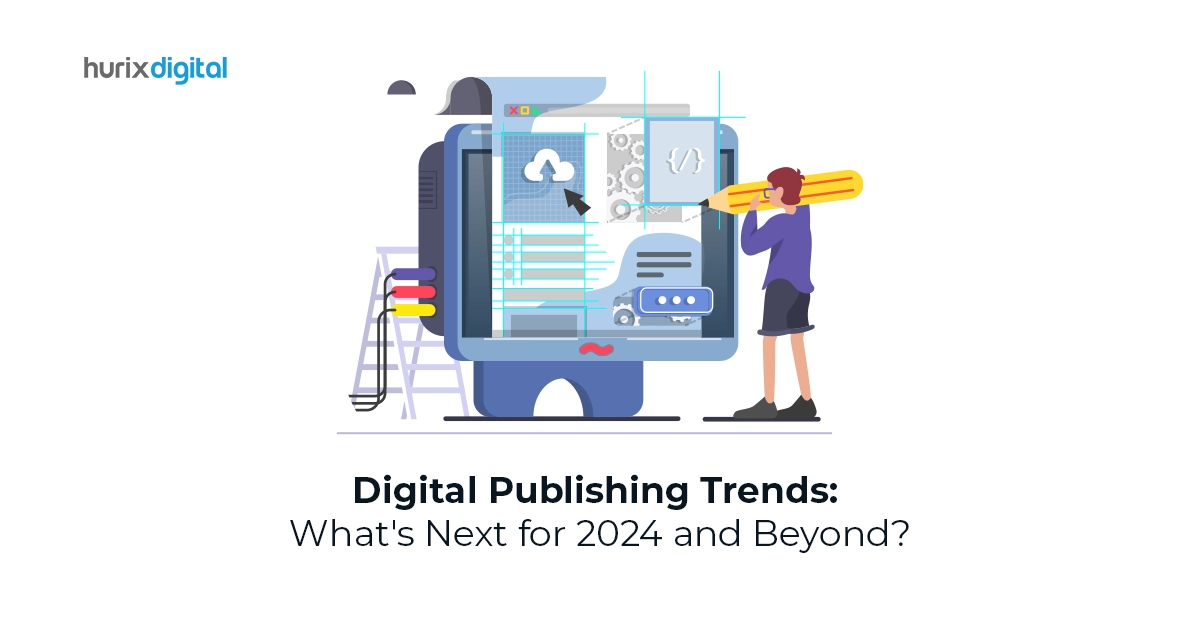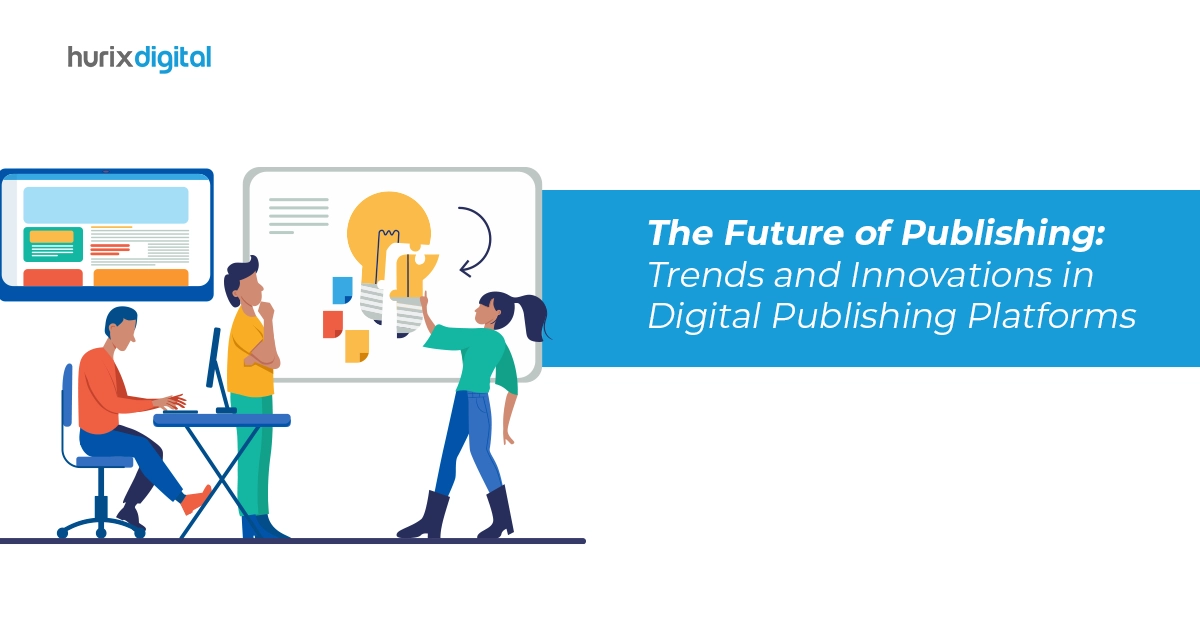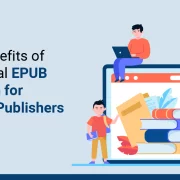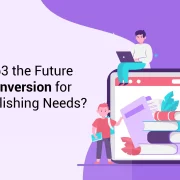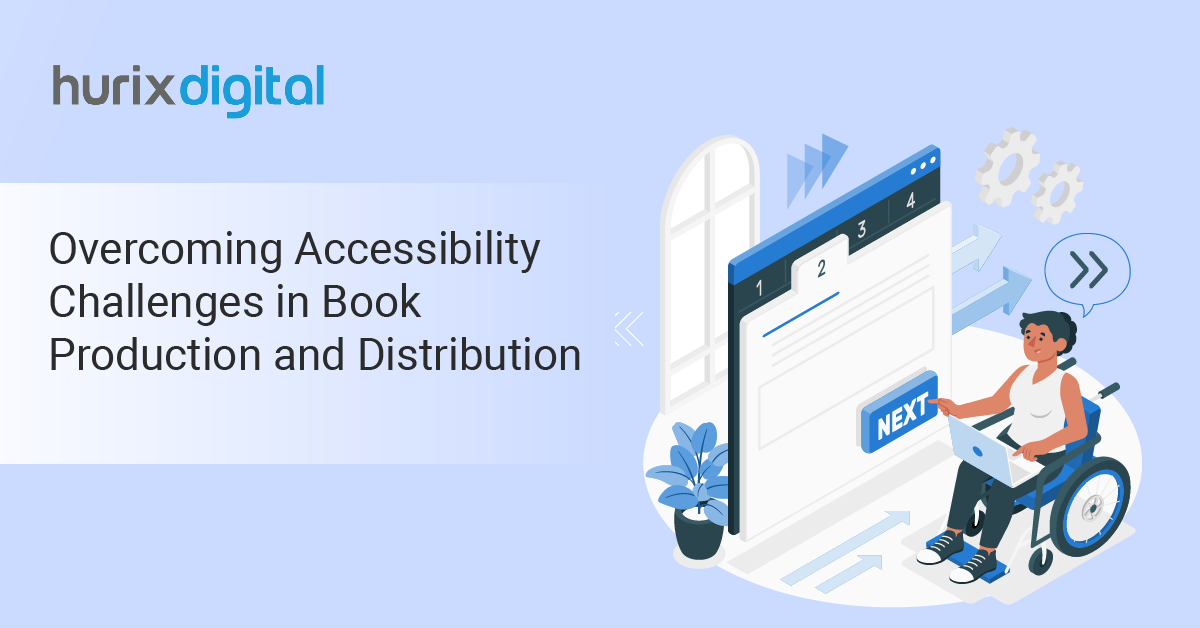
Overcoming Accessibility Challenges in Book Production and Distribution
Summary
This blog examines the clash between digital publishing and accessibility for the 2.2 billion visually impaired, offering guidance to bridge this gap.
Engaging with books and reading are known to be mentally stimulating activities. Today, with the availability of online publications that are dynamic, personalizable, and interactive, the book publishing industry has broken all norms of traditional methods.
However, one glaring reality remains unchanged: there are about 2.2 billion people worldwide who have near or distant vision impairment, according to WHO. If you look at the majority of published content today (whether digital or physical), very little of it is accessible to the disabled population.
To set an equitable stage for all people to access reading with equal opportunity, it is important to consider accessible design for books. Let’s explore the most prominent digital publishing standards and challenges with accessibility in publishing to make modern books a better place to be for the print-disabled population of the world.
Table of Contents:
- Understanding Reading Disabilities
- The Primary Hurdle: Changing the Mindset
- The Major Challenges
- Embrace Equitable Publishing and Distribution With Hurix Digital
Understanding Reading Disabilities
Reading disability, more popularly known as print disability, is any condition that prevents an individual from reading printed material. It could be visual, physical, perceptual, developmental, cognitive, or even a learning disability that puts them at a disadvantage.
A person with a print disability cannot normally access traditionally printed materials that their healthier counterparts have the liberty to take for granted. This denial of access to information and resources sets them back in their journey of life and subjects them to more struggles that can be prevented by enhancing digital publishing accessibility.
People with print disabilities require accessible eBook formats and assistive technology for reading and understanding text, whether in physical or digital formats. With the advancements in technology today and the incorporation of AI into publishing, it is possible to create an accessible design for books to make reading more equitable.
Also Read: The Legal Requirements for Digital Accessibility in the UK: A Guide for Businesses
The Primary Hurdle: Changing the Mindset
Of the countless challenges that riddle the path to accessible digital publishing, the most notorious one is the current mindset. There are three categories of publishers today:
1. Driven by Mandate
These are the publishers who are required by the UN agencies or government bodies to follow the book accessibility standards dictated for them in their region. These publishers have no other choice but to publish content with accessibility woven into it.
2. Driven by Opportunity
These are the publishers who have previously worked with companies or entities that required accessibility in publishing. They are aware of the requirements and are willing to publish accessible books even when they are not mandated to.
3. The Unaware
These are the publishers who, because of monetary, technical, or practical reasons, cannot publish accessible content just as yet. These publishers require a little extra push and guidance to achieve accessibility in publishing.
The mindset plays a crucial role in accessible publishing. There is a need to acknowledge that not all people are capable of processing the normalized form of printed material. They must understand that accessibility helps those with color blindness or limited visual capability to read at par with those with healthy vision.
The Major Challenges
There are three major challenges you need to solve in the publishing industry to make your books and eBooks more accessible to the masses:
1. Thinking Visually
In the initial days of digital publishing, PDF was the only scalable format that allowed publishers to provide aesthetically designed content to the readers. This supported the popular opinion that “most” people can read PDFs; thus, it became standard.
The need to think visually drove publishers to prefer PDF to other accessible formats like ePUB and DAISY. The only reason was that PDF offered more designability and media friendliness as compared to the accessible formats.
Therefore, the first challenge is to look past the visual bias and adopt accessible formats. Today, with ePUB readers and other technology, it is easier to incorporate accessibility into publishing.
2. Authoring vs Editing
The second challenge is delegating the task of making content accessible. Whose responsibility is it – the author or the editor?
Accessibility guidelines require multiple considerations while creating content (like adding alt-text to media), which falls under the authors’ ambit. However, an editor must ensure that accessibility standards have been met.
Unfortunately, neither prioritizes accessibility when carrying out their duties, for whatever reason (like high workloads).
3. Technology
It is surprising to find technology as a challenge instead of a solution in accessible publishing—it is both. Technology is a solution when you adopt it to make content accessible, but it is a challenge when you choose the wrong tech stack or don’t use it to its full capabilities.
A good example is the support for alt-text that most digital publishing technologies provide. The technology can display alt-text for media but not generate it (unless supported by gen-AI). So, while you have a feature to display alt-text, the technology can’t do much if no alt-text is provided.
Also Read: Color Accessibility: Choosing the Right Palette for an Inclusive Web Design
Embrace Equitable Publishing and Distribution With Hurix Digital
Accessibility in publishing may at first seem like a long-winded, challenging process. However, with the help of publishing technologies, it can be made easier and even automated to the point where you only need to provide a manuscript.
With Hurix Digital as your publishing technology partner, you can easily create DAISY-compliant accessible book designs. You also get various crucial features, like subject matter expertise services on publishing accessible books and digital content transformation.
Additionally, Hurix Digital can help you streamline your publishing with its professional prepress solutions, which allow the meticulous production of accessible books.
You can get in touch with Hurix Digital directly as well to get further details.

Associate VP of Technology, leads the design and development of innovative and accessible web solutions for publishing and eLearning clients. With over 20 years of experience in the ITES industry and a strong background in project management, automation, quality assurance, and offshore collaboration.

